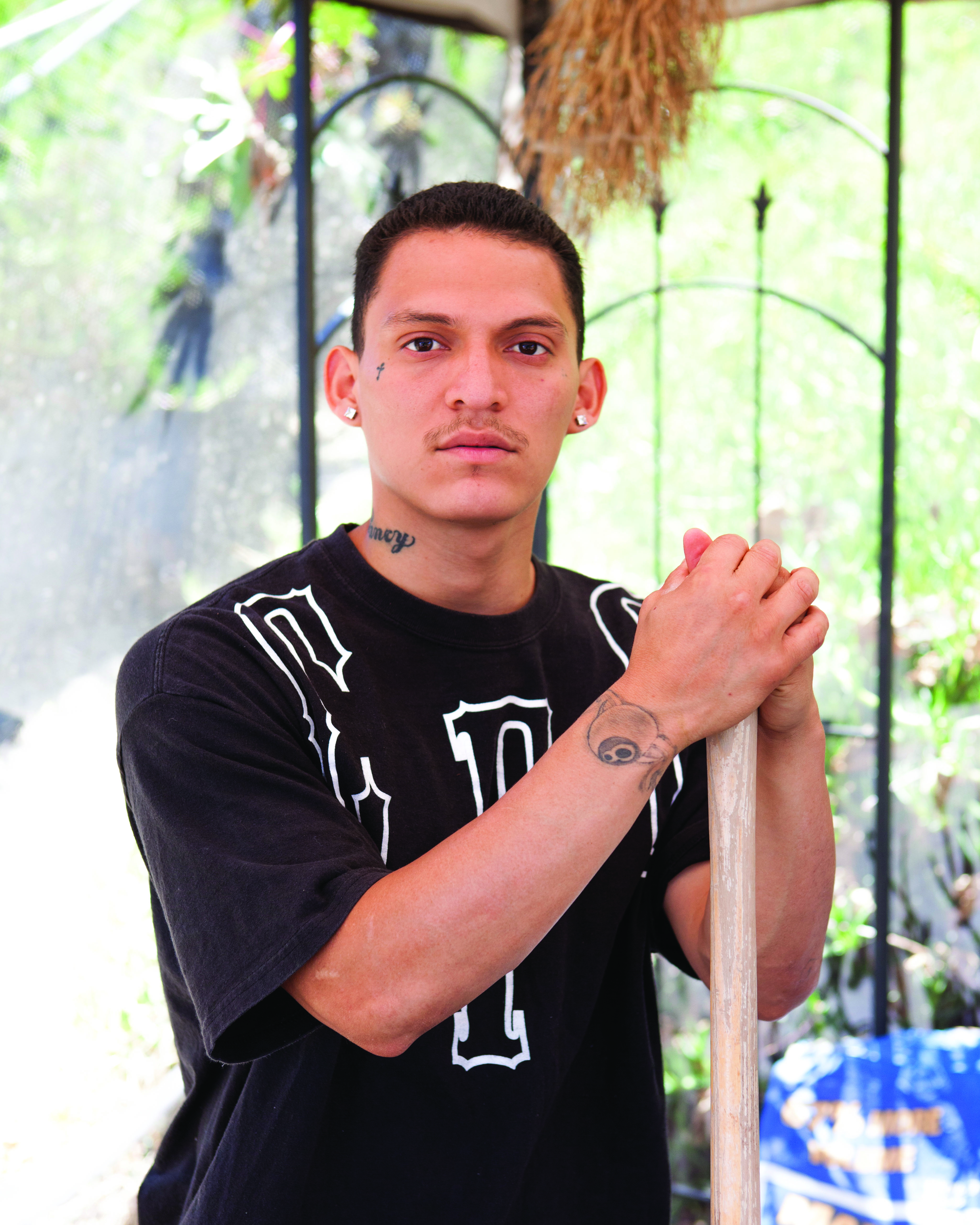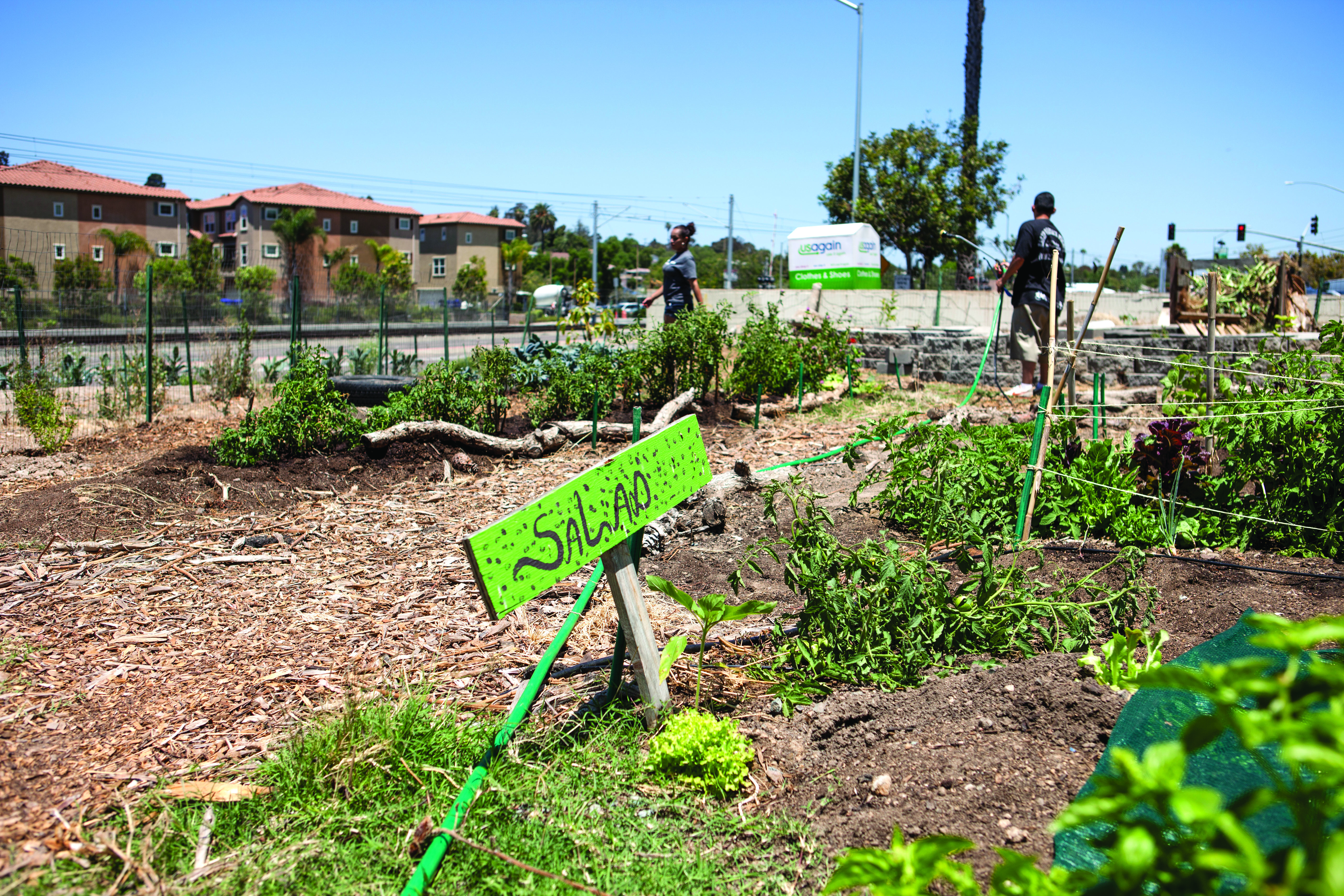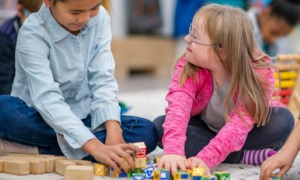 SAN DIEGO – Armando Aguilar, now a lanky 20-year-old from Oceanside, Calif., needed a job, a break from the gang and drug dealing crazy life. Second Chance got him that job and it also gave him a new start, a real second chance at life.
SAN DIEGO – Armando Aguilar, now a lanky 20-year-old from Oceanside, Calif., needed a job, a break from the gang and drug dealing crazy life. Second Chance got him that job and it also gave him a new start, a real second chance at life.
Second Chance, located deep in the heart of San Diego’s southeast corner, where some of the city’s poorest, predominantly minority neighborhoods are located, was founded in 1993 by Scott Silverman, a dynamic former multi-substance drug addict. Since its founding, Second Chance boasts that it has transitioned more than 5,000 people out of poverty to self sufficiency, including the homeless, substance abusers and folks with prison records.
After first working with adults, it became apparent to Second Chance that the teenage population needed similar services. Indeed, many adults who came through Second Chance’s doors had children also in the juvenile justice system. So, in 2009, Second Chance debuted the Juvenile Options for Lifelong Transition, or JOLT, with the goal of integrating juvenile offenders recently released from residential facilities back into the community. Second Chance received two multi-year grants from the San Diego Workforce Partnership and the San Diego County Probation Department, which works closely with JOLT.
Ricky Valdez, with the boyish good looks of a 27-year-old, runs the JOLT program. His youth and growing up in an impoverished section of San Diego’s Chula Vista neighborhood give him valuable insight into the population he now serves.
“Most of our youth are 17 to 21, really that age when they’re getting ready to go into adulthood,” says Valdez. “I really wanted to work with this population because there’s not a lot of services for the older transition-age youth, especially ones that are coming out of incarceration. A lot of them are in this kind of limbo, and the ones who have been incarcerated have a very high risk of reoffending and being part of the California prison system [as] adults. So I was excited when I heard about this job.”
Second Chance mostly begins its intervention while the young males—and some females—are still incarcerated and continues until they are released. Typically the sessions include individual and group counseling, mirroring the juvenile justice movement away from purely punitive measures. The topics covered range from anger management to financial literacy and work readiness.
Once released, Second Chance clients decide for themselves whether to continue working with the organization. Half of them choose to stay. JOLT’s program evaluation shows that young people who take advantage of the program’s workforce training and readiness are more likely to become self-sufficient adults, while those who elect to only meet with their counselor are far more prone to fall back into what landed them behind bars in the first place.
“I think that’s a really unique thing that we do, the inside/outside approach,” says Valdez. “That’s actually a really key piece to our program — the fact that we have relationships with them while they’re inside.” Other programs may simply provide a recently released individual with a location to report to for support services, and many never make it there.
Connecting youth with potential careers is an ongoing theme at Second Chance, making self-sufficiency and independence more tangible. For instance, the organization has a plumber apprenticeship program in partnership with one of the largest plumbing companies in San Diego, and 80 percent of participants are hired by a plumbing company upon completion. In Alpine, a town in San Diego’s eastern backcountry, Second Chance has a current project to clear out non-native plant species, allowing participants to learn skills that could lead to a career in the forest service or other environmental sectors.
Chance, making self-sufficiency and independence more tangible. For instance, the organization has a plumber apprenticeship program in partnership with one of the largest plumbing companies in San Diego, and 80 percent of participants are hired by a plumbing company upon completion. In Alpine, a town in San Diego’s eastern backcountry, Second Chance has a current project to clear out non-native plant species, allowing participants to learn skills that could lead to a career in the forest service or other environmental sectors.
Education is also important. “Some of our youth haven’t been in a traditional high school ever,” Valdez says, his voice dropping almost to a whisper. “They spent their high school years in a juvenile detention facility.
“They might have gaps in their education,” says Valdez, who explains that kids sometimes have a history of bouncing between high schools, alternative schools, and schools in detention facilities, not to mention suspensions and expulsions. Second Chance partners with a number of local educational organizations to provide tutoring and other services to help students learn via independent study.
Second Chance also often becomes a surrogate family especially for foster care youth in the juvenile justice system and it has housing programs for those youth who wish to make a fresh start, away from old friends, acquaintances and sometimes even family members who may be involved with criminal activities
Not all young people at Second Chance have been in residential facilities: Some are referred to the program by social workers, probation officers or other agencies. Although any young person on probation is eligible to access services, priority is given to those youth with whom Second Chance established relationships while incarcerated.
The mission is to help youth get a second chance, a new beginning and that’s exactly what the program has meant for Armando Aguilar, who has been at Second Chance for a year and a half. He’s now implanting an irrigation system in the garden that sits adjacent to the Second Chance building, as well as helping with the project in Alpine.
“My sole purpose of coming here was honestly just because I needed a job,” Aguilar said. “But after I actually got into it, I realized I wasn’t just growing plants, but I was growing myself. I was learning a lot about myself…I could express myself and work with other individuals from different backgrounds. So it’s been a good experience for me. It’s been a little bit of a challenge, but, you know, through the challenges I’ve learned a lot.”
Prior to Second Chance, Aguilar was stuck in what he describes as his “old lifestyle.” Involved with gangs and drug dealing in Oceanside, he wasn’t looking for change when a friend invited him to Second Chance. Now, Aguilar is thriving in college and has plans to become an architect.
“That’s the past, that’s not what I’m about today,” Aguilar says of his former life. “Now I’m about trying to change my life.”
Gina McGalliard is a San Diego–based freelance writer whose work has appeared in San Diego City Beat, San Diego Family Magazine and the San Diego Union Tribune.






























